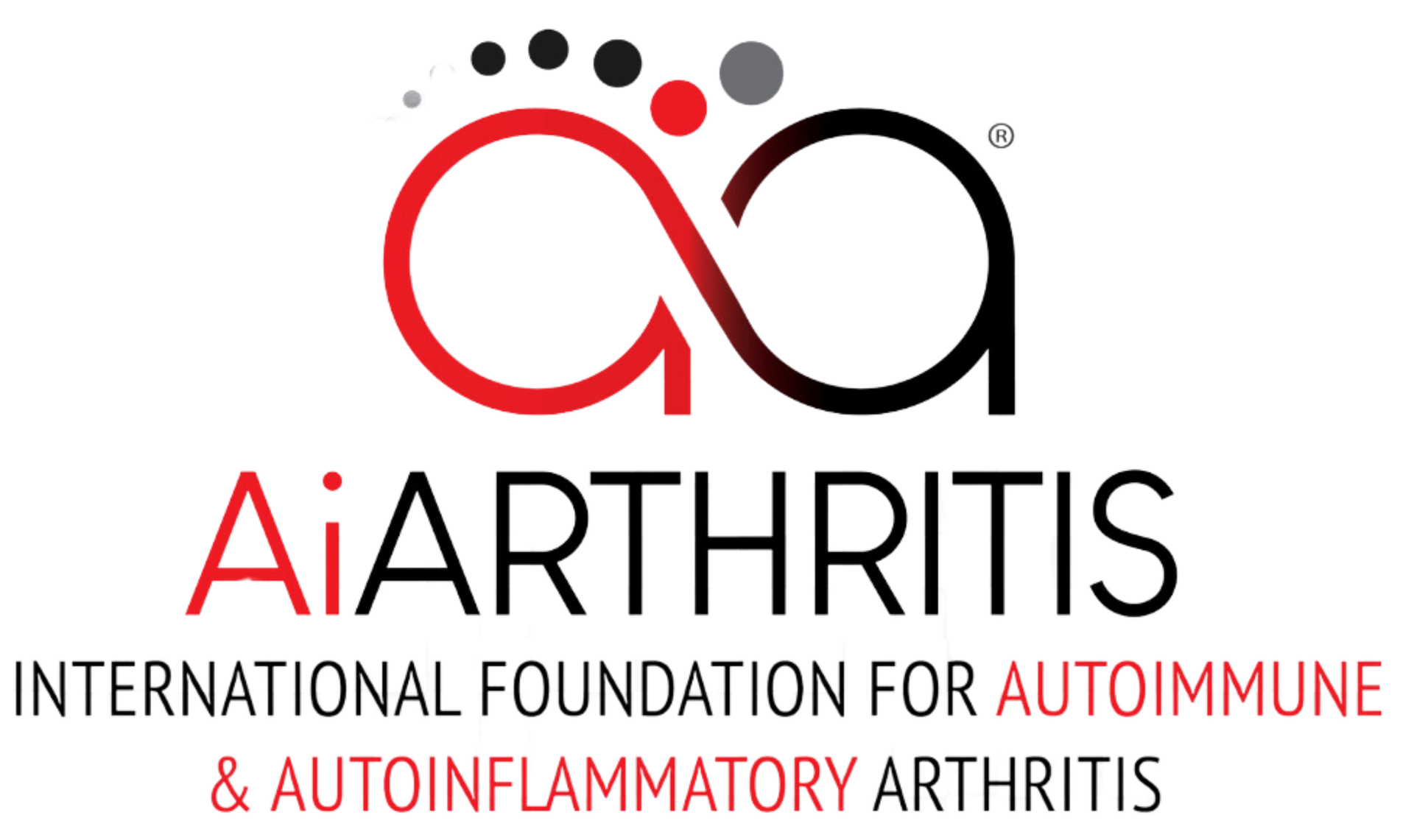Interstitial lung disease (ILD) is a broad category of respiratory diseases, characterized by inflammation and scarring in the interstitium, the tissue surrounding the alveoli, the tiny air sacs where gas exchange occurs in the lungs. This scarring makes it difficult for oxygen to pass from the lungs into the bloodstream, leading to shortness of breath and fatigue. ILD encompasses over 200 distinct conditions, varying in cause, progression, and treatment, but all share the common feature of interstitial fibrosis.
Interstitial Lung Disease: An Overview
September 18 is Interstitial Lung Disease Day.
Symptoms and Diagnosis
The primary symptoms of ILD are dyspnea (shortness of breath) and cough. As the disease advances, patients may experience fatigue, weight loss, and chest pain. In severe cases, blue discoloration of the skin and lips (cyanosis) can occur due to inadequate oxygenation of the blood. Diagnosis of ILD involves a combination of medical history, physical examination, lung function tests, imaging studies, and sometimes biopsy. High-resolution computed tomography (HRCT) scans are particularly useful in visualizing the interstitial scarring. Lung function tests, such as spirometry and diffusion capacity, quantify the degree of lung impairment.
Treatment and Outcomes
Treatment of ILD depends on the underlying cause. For idiopathic pulmonary fibrosis (IPF), the most common type of ILD, there is no cure, and treatment focuses on slowing disease progression and managing symptoms. Medications such as nintedanib and pirfenidone can slow the rate of forced vital capacity decline. Oxygen therapy is often necessary to combat hypoxia. Pulmonary rehabilitation programs, which include exercise training, education, and support, can improve quality of life. Lung transplantation may be considered for advanced cases. The prognosis for ILD varies widely depending on the specific type and rate of progression.
Known Causes of ILD
Patients with some inflammatory and connective tissue diseases are at a higher risk for ILD. These conditions include many AiArthritis diseases like rheumatoid arthritis, systemic scleroderma, myositis, including dermatomyositis and polymyositis (DM and PM), sarcoidosis, and Sjögren's.
By Kelly Conway






